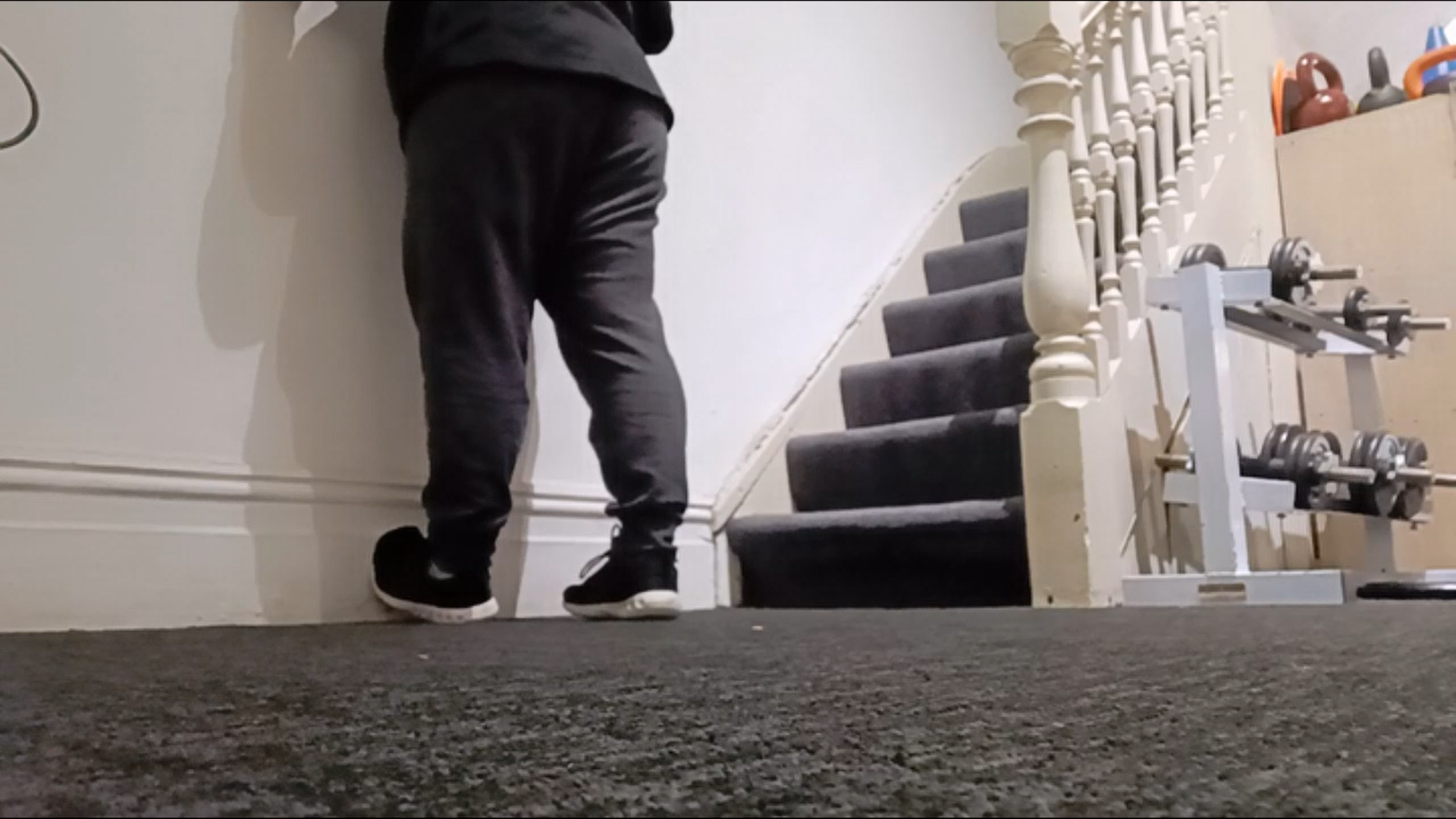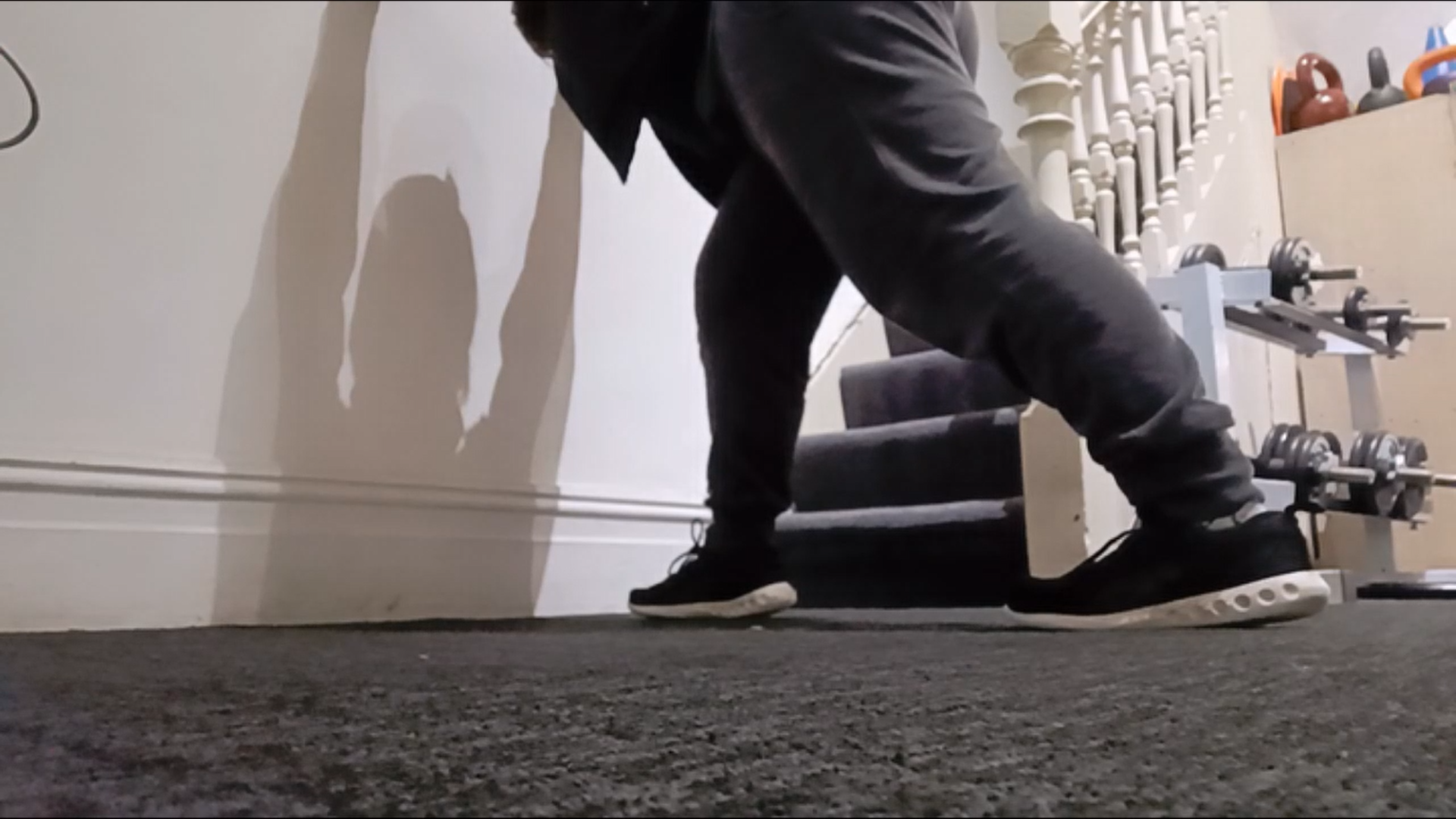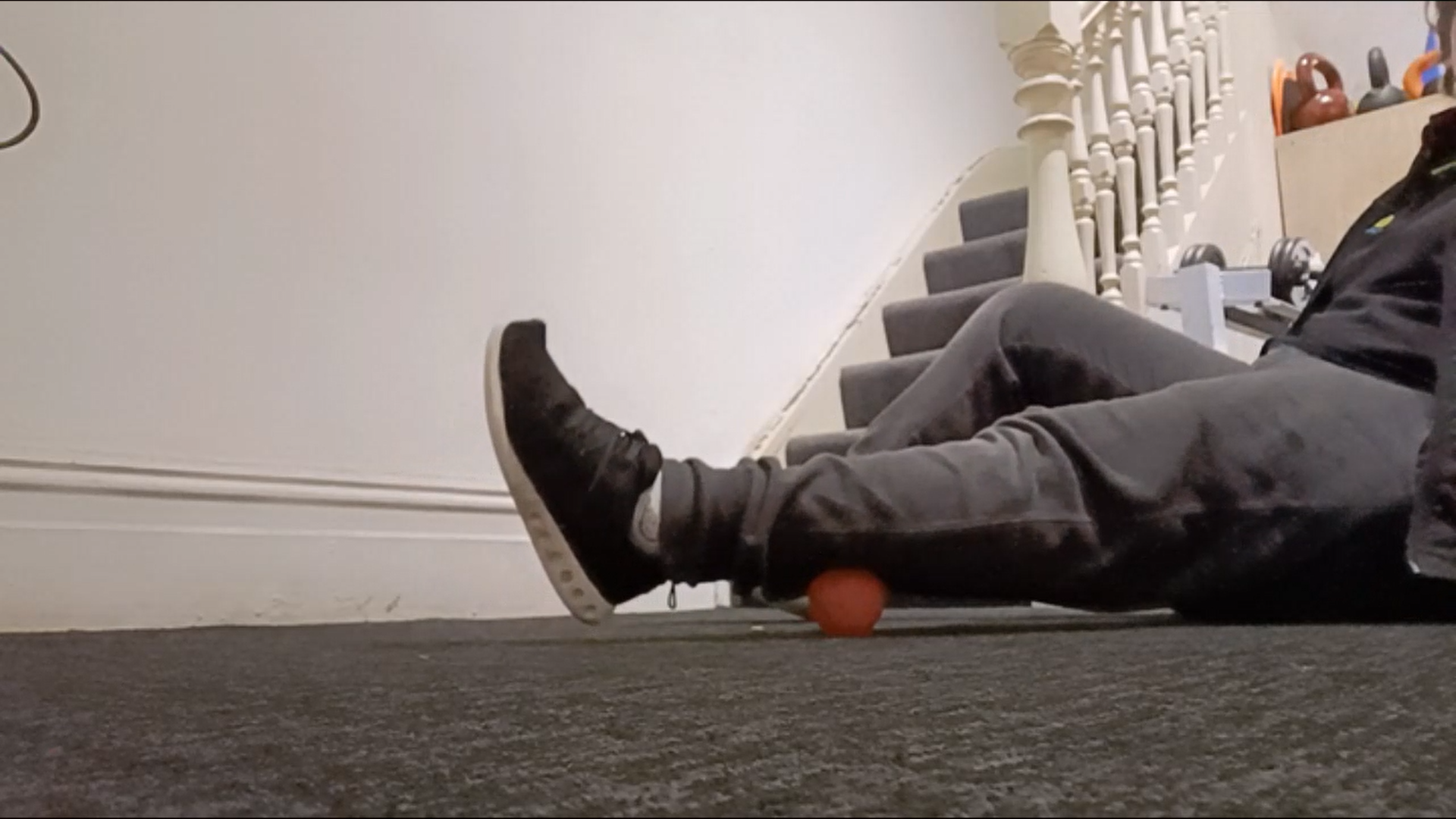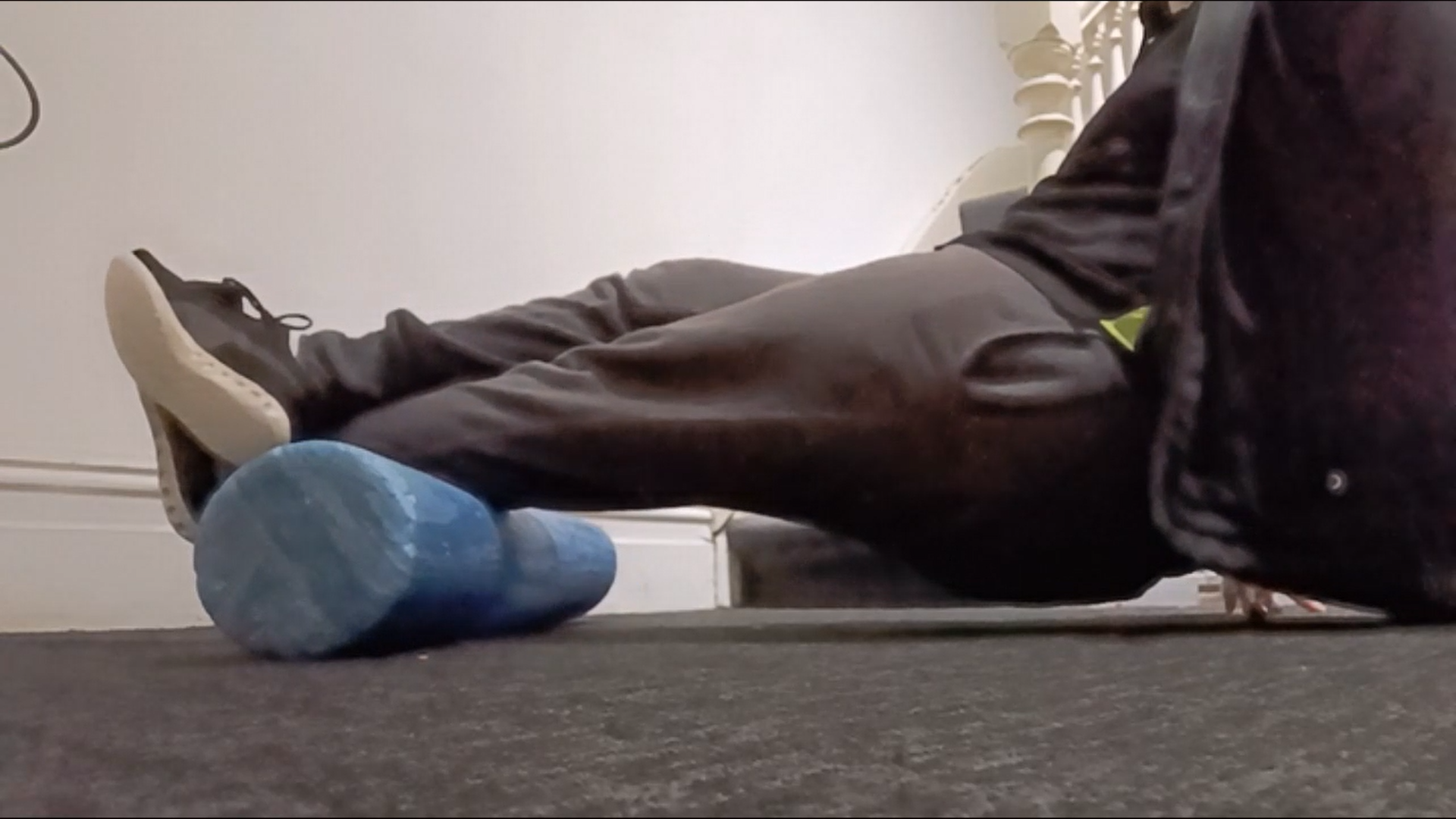Calf stretching
When we think of our calfs, we tend to think of runners, or bike riders, or even dressing up in high heels. But calfs have more importance than just sporting activities. We use our calf to we walk, stand, and move our feet. As soon as we stand our calfs need to get involved, let alone if we are running, jumping or just walking. That’s why we need to make sure that we are stretching out our calfs on a regular basis.
The importance of stretching
Before we talk about how to stretch our calfs, we should first focus on why stretching is important. To start with, there are two main types of stretching, static and dynamic. Dynamic stretching is stretching the muscle whilst moving. Static stretching is holding in one position whilst moving.
Dynamic stretching is important for warming muscles up. We like to do our dynamic stretching before the start of exercise. For example, you might complete some gentle leg swings, if you were about to play football. We are mimicking the movement you would be completing in the session, of kicking a football, so our muscles become warm. This helps reduce the risk of injury from working out while our muscles are ‘cold’.
Static stretching however, is used typically after an exercise regime to help promote recovery. There have been a few suggested benefits of stretching after training, including an increase in blood flow, a reduction in muscle soreness and an increase in range of movement.
So we have prepared a few stretches that you can try at home, whether you want to increase your range of movement, get ready for a training session or try to decrease muscle soreness.
Calf stretches
The first calf stretch is with one foot up on a wall, or a raised surface. You can use a step or a box. Step into the wall as close as you can and push your hips into the wall as much as your calf will allow. You should feel a stretch through the back of your lower leg. This is a good stretch to hold for 30 sec each side.
The second stretch requires you to stand with one leg close to the wall and bent, and one leg stretched behind. From here you want to push against the wall. The foot on your back leg should be flat on the ground. Again you can hold this stretch for 30 sec each side.
There are other ways to work through muscle tightness as well, including foam rolling or using a hard ball. For these techniques, you want to place the sore/tight area onto the foam roller or hard ball and gently roll the area. These techniques are good to discuss with a trainer or sports professional if you are wanting to try something new.




For more information on how we can help you on your fitness journey, please contact us.
For more information on the importance of stretching please have a look at Post-Exercise Stretching by Owen Walker at https://www.scienceforsport.com/post-exercise-stretching/




